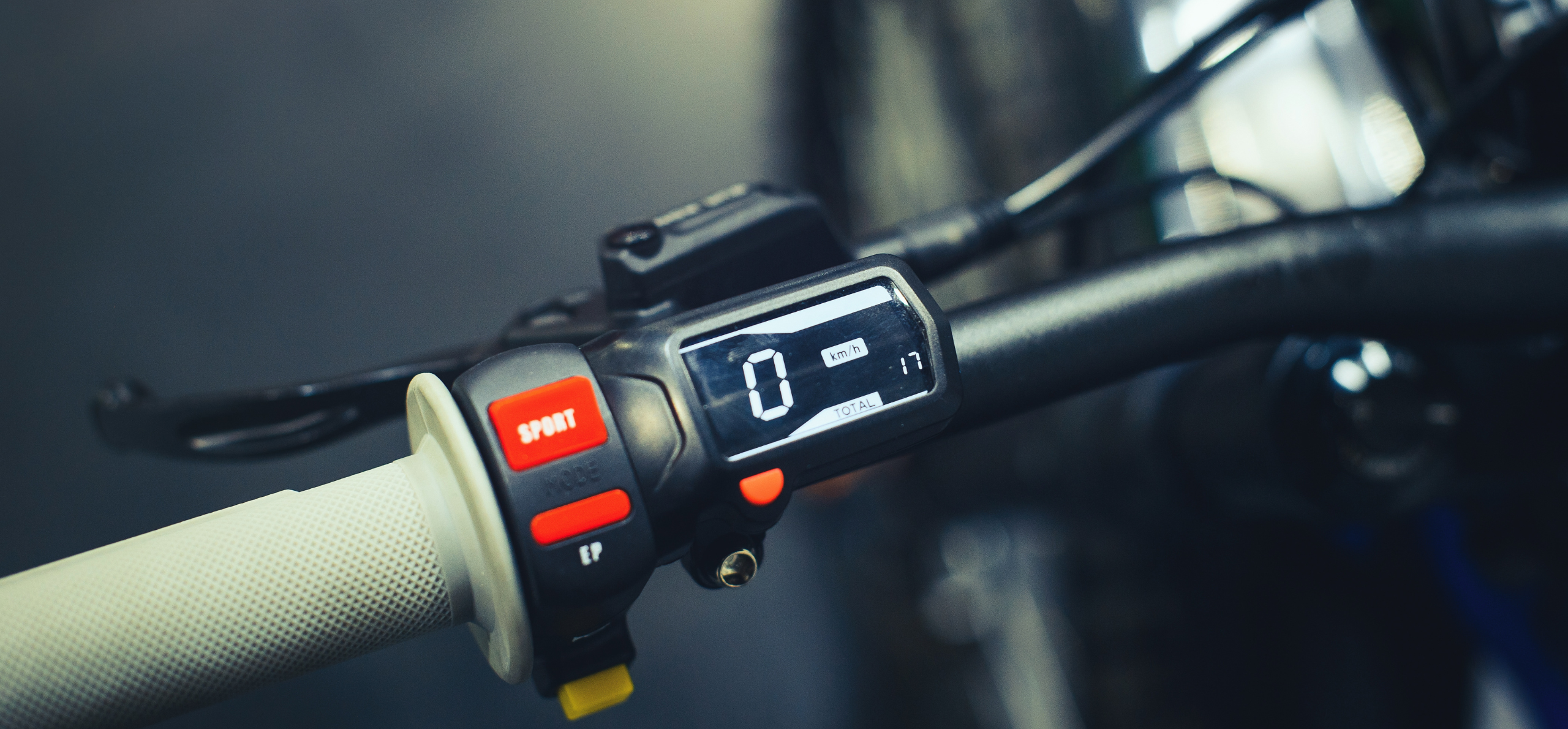Tips and advice from an expert

Electric bicycles have increased in popularity, which we at MIOO notice as an increasing proportion of our customers want help with the assembly and service of electrically assisted bicycles. What is the difference between an electric bike and a conventional bike when it comes to maintenance? Our expert Marc Eysermans gives some tips and advice.
Drivetrain and chain
What differentiates an electric-assisted bicycle from one powered entirely by muscles is that the force applied to the pedals is higher on an electric-assisted bicycle. An average everyday cyclist pedals with 70-80 watts of power, but with an electric-assisted bike you reach over 300 watts since the most common electric bikes have a motor with a power of 250 W. This means that the bike’s driveline are exposed to considerable higher wear and tear on an electric bike compared to a conventional bike. Although the electric bikes are usually equipped with a more powerful drivetrain, they wear out faster and need to be replaced at more frequent intervals than on a conventional bike. For a bicycle that is used a few times a week, you can count on the drive package needing to be replaced approximately once every two years.
Brakes
Disc brakes are the most common type of brakes on electric bikes. Since the speed is on average higher on an electric bike, you also need to brake harder when you want to slow down. This causes the brakes to wear out faster than on a non-electric bike. If you notice that the brakes start to squeal and feel spongy, it’s time to check them.
Tyre pressure
Electric bikes are relatively heavy because the motor and battery weigh a lot. This must be taken into account when inflating the tyres. On the side of the tyre, you can read which tyre pressure is recommended for this particular tyre. It is specified as a range and you can then inflate the tyre to the higher part of the range.
Cadence
Cadence means the rate at which you pedal. High cadence means many turns/minute. Many people who pedal electric bikes tend to cycle on heavy gears and then get a low cadence. This means you have to put more force into each pedal stroke. This way of riding wears both the bike and your body. The load becomes high on joints and muscles, which can lead to problems from e.g. knees and back. Shift down to a lower gear and increase the cadence and you will protect both the body and the bike.
